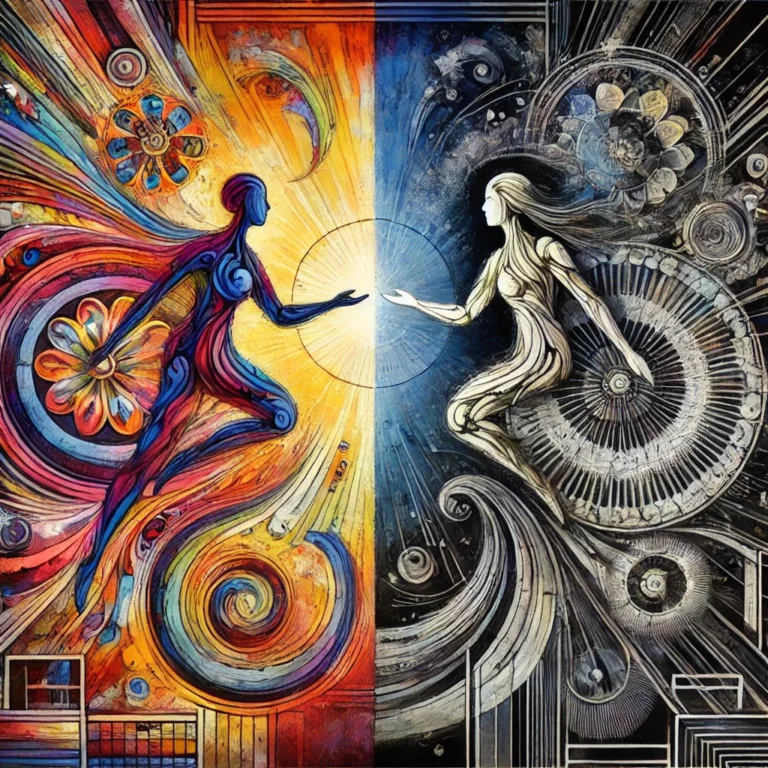Ancient Artz: A Window into the Past
The term “Ancient Artz” undoubtedly captures the immense breadth of human creativity that has defined civilizations throughout history. From the cave paintings of prehistoric humans to the intricate carvings of early temples, ancient art provides more than aesthetic pleasure—instead, it offers profound insights into the social, spiritual, and historical lives of our ancestors. Indeed, each artifact, sculpture, and mural tells a story of survival, belief systems, and the environment that shaped the culture from which it emerged. Therefore, in this article, we will explore the essence of ancient art, examining its significance, the mediums used, and its impact on modern society.
Read also: ite:mommyandlove.com/baby-names/:Choosing the Perfect Baby Name
The Purpose of Ancient Art
Art in ancient times served multiple purposes. It was rarely created for decoration alone. Instead, it often fulfilled religious, ceremonial, or functional roles.
Ancient Artz Religious and Spiritual Expression
To connect with the divine, many ancient civilizations used art in deeply symbolic ways. For example, the ancient Egyptians built colossal pyramids and statues, such as the Great Sphinx, not simply as monuments but as spiritual tools to guide the soul’s journey in the afterlife. Similarly, Hindu temples in ancient India featured intricate carvings and sculptures that depicted deities and mythological tales, drawing worshippers closer to their gods.
Ancient Artz Historical Record-Keeping
Moreover, ancient art acted as a visual record of significant events. Civilizations used art to document battles, coronations, harvests, and even natural disasters. For instance, the Mesopotamian reliefs vividly portray war scenes and hunting expeditions, offering modern historians invaluable insights into their daily lives and values.
Social and Political Propaganda
In addition, rulers often commissioned grand works of art to assert their dominance and celebrate their reigns. The Roman triumphal arches and the elaborate stelae of Mayan kings effectively demonstrated the power and authority of their leaders. These artifacts not only glorified the rulers but also reinforced their status within society.
Materials and Mediums of Ancient Art
Ancient artists worked with a wide variety of materials, often dictated by the resources available in their environment. These materials shaped the art we admire today.
Ancient Artz Stone and Rock
Stone, being durable and abundant, became a favorite medium for ancient artists. For instance, the monumental statues of Easter Island and the stone temples of Angkor Wat demonstrate the timeless appeal and durability of this material. Artists carved stories into these stones, leaving behind legacies that endure for millennia.
Ancient Artz Clay and Pottery
In contrast, clay offered flexibility and accessibility. Civilizations used it to create pottery, figurines, and tiles. The terracotta army of China stands as a remarkable example of how clay transformed into a masterpiece, showcasing the creativity and precision of ancient artisans.
Wood
Although wood was less durable, it played a significant role in regions where forests thrived. African tribal masks and Native American totem poles reveal the intricate artistry ancient cultures achieved with this versatile medium. Unfortunately, much of this art has been lost due to its vulnerability to time and decay.
Metal
The discovery of metallurgy further revolutionized ancient art. Gold, bronze, and iron allowed artists to craft stunning jewelry, statues, and tools. For instance, the bronze sculptures of ancient India and the intricate goldwork of the Inca Empire reflect the sophistication of early metallurgical techniques.
Paint and Pigments
Lastly, ancient artists used paint and pigments to bring their creations to life. The vibrant murals of Pompeii, the cave paintings in Lascaux, and the frescoes of Minoan Crete reveal their mastery of natural pigments. These artworks continue to captivate audiences with their vividness and storytelling.
Styles and Themes in Ancient Art
Despite the diversity of ancient art, certain themes and styles consistently appeared across civilizations. Understanding these recurring elements allows us to appreciate the shared human experience.
Ancient Artz Symbolism and Iconography
Ancient artists often relied on symbols to convey complex ideas. For example, Egyptians used the ankh to represent life, while Mesopotamians depicted a winged disk to symbolize divine protection. These symbols connected the physical and spiritual worlds, resonating deeply with their audiences.
Ancient Artz Realism and Idealism
Another notable theme involves how different cultures approached human representation. While the Greeks pursued idealized portrayals of the human form, other civilizations, like the Olmecs, leaned toward stylized and exaggerated depictions. Both styles highlight the diverse ways humans interpret beauty and identity.
Narrative Art
Storytelling played a vital role in ancient art. Through murals, reliefs, and carvings, artists depicted mythological tales, historical events, and scenes from daily life. For example, the Bayeux Tapestry, though medieval, continues this tradition by illustrating the Norman conquest of England in stunning detail.
Regional Highlights of Ancient Artz
Exploring ancient art across different regions reveals unique cultural identities and universal themes.
Egyptian Art
Egyptian art stands out for its grandeur and spirituality. The pyramids, sphinxes, and hieroglyphics reflect a civilization deeply obsessed with the afterlife and divine order. By studying these masterpieces, we gain insight into their religious beliefs and societal structure.
Mesopotamian Art
Mesopotamia, often called the cradle of civilization, produced art that mirrored its complex society. Ziggurats, cuneiform tablets, and intricately carved cylinder seals reveal their remarkable ingenuity and advanced organizational skills.
Greek and Roman Art
The Greeks and Romans emphasized balance, harmony, and realism in their art. Iconic works like the Venus de Milo and the Colosseum highlight their ability to merge aesthetic beauty with functional design, inspiring architects and sculptors for centuries.
Asian Art
Asia’s rich artistic traditions reflect a meditative and philosophical worldview. From the serene Buddhist sculptures of Gandhara to the delicate ink paintings of ancient China, Asian art remains a testament to spiritual and intellectual exploration.
Mesoamerican Art
The Mayans, Aztecs, and Olmecs contributed significantly to ancient art through their step pyramids, ritual masks, and codices. Their art vividly depicts their cosmology and rituals, preserving their legacy even after their civilizations declined.
African Art
In Africa, ancient art often combined functionality with spirituality. Masks, sculptures, and pottery played integral roles in rituals and storytelling, reflecting the deep connection between art and daily life.
Ancient Artz Indigenous Art of the Americas
The Native American tribes of North America created stunning cliff dwellings, pottery, and sand art. These pieces highlight their harmonious relationship with nature and their innovative use of available materials.
Conclusion
In conclusion, “Ancient Artz” is far more than a visual experience; it is a bridge to understanding the beliefs, values, and aspirations of our ancestors. Each piece of ancient art carries the essence of a civilization’s soul, connecting us to the past. As we continue to study and preserve this heritage, we ensure that these timeless stories remain alive, inspiring and educating future generations.





